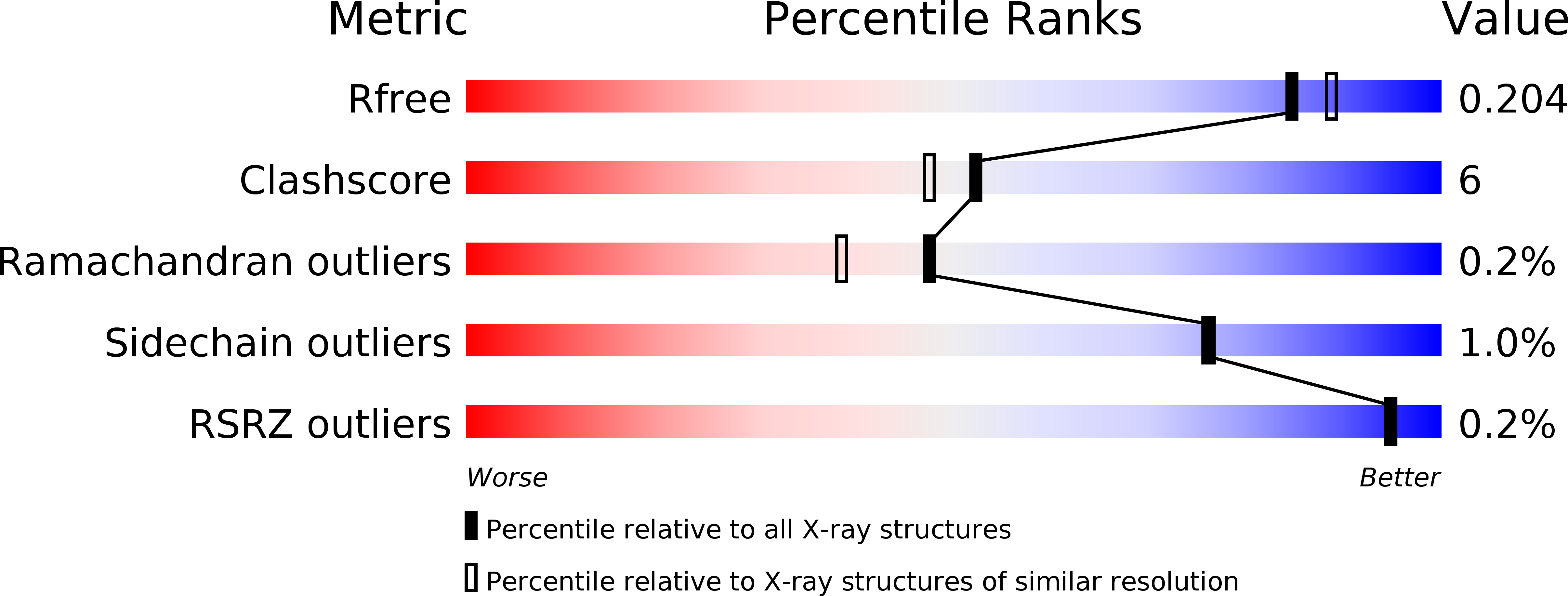
Deposition Date
2004-09-01
Release Date
2004-11-30
Last Version Date
2023-10-25
Entry Detail
PDB ID:
1WPC
Keywords:
Title:
Crystal structure of maltohexaose-producing amylase complexed with pseudo-maltononaose
Biological Source:
Source Organism:
Bacillus sp. (Taxon ID: 1416)
Host Organism:
Method Details:
Experimental Method:
Resolution:
1.90 Å
R-Value Free:
0.20
R-Value Work:
0.17
R-Value Observed:
0.17
Space Group:
P 21 21 21


